A novel reactive oxygen species (ROS)-promoted nanomedicine platform can effectively inhibit tumor growth, reduce side effects experienced in common anticancer drugs, while promote on-target uptake.
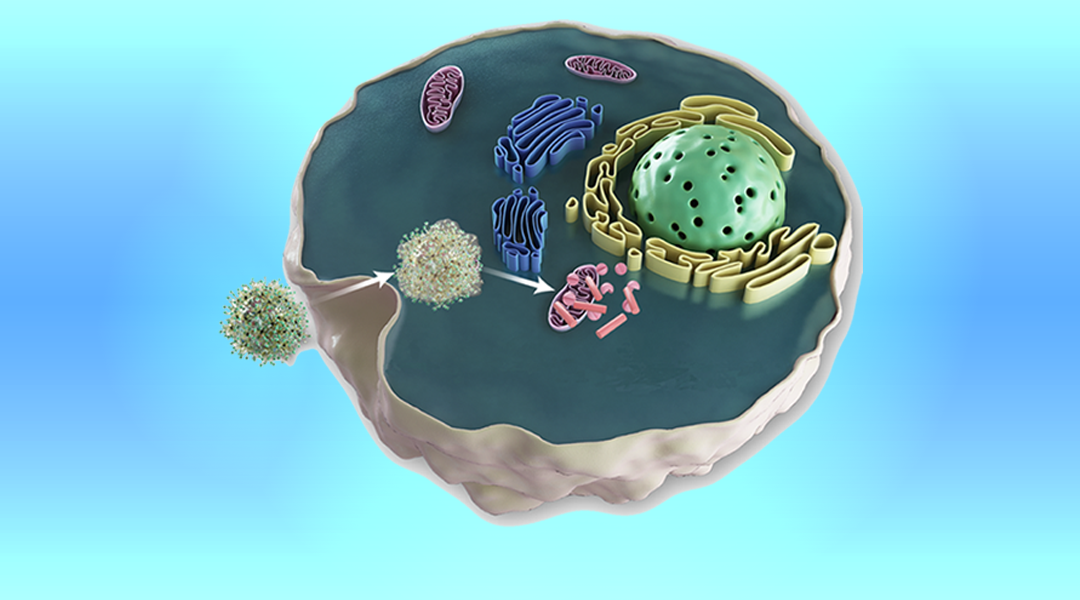

A novel reactive oxygen species (ROS)-promoted nanomedicine platform can effectively inhibit tumor growth, reduce side effects experienced in common anticancer drugs, while promote on-target uptake.
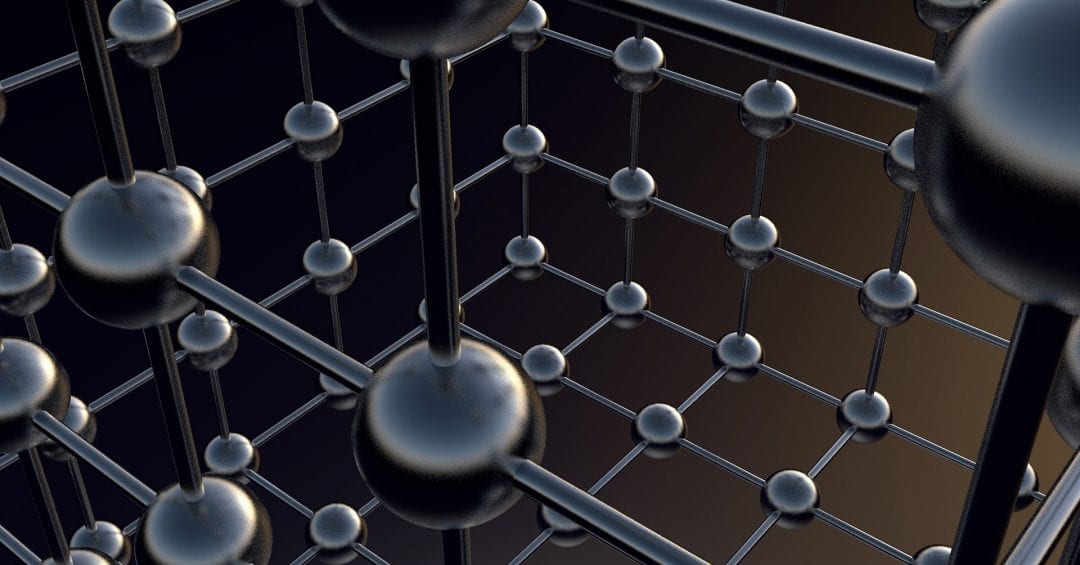
Researchers from the University of Tokyo shed light on the formation of the crystallographic structure of organometal halide perovskites.
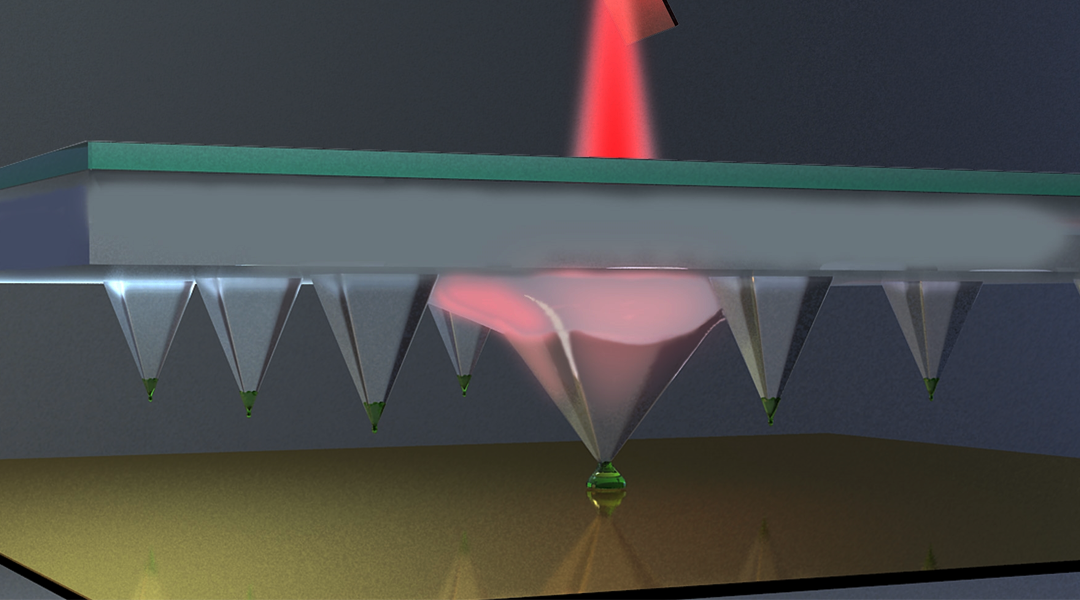
Local control of pens in a large-scale pen array can be achieved by using a nanotube composite that is photo-responsive to fabricate each individual pen.

Researchers from INST present various functional materials that have recently emerged as candidates for rewritable paper.
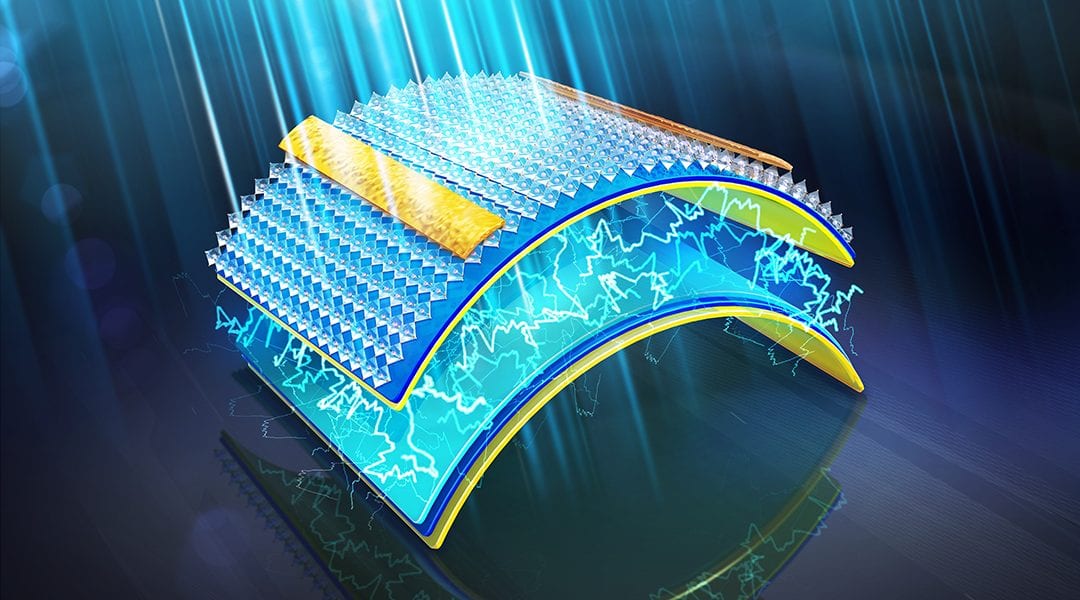
Next-generation electronics should be wearable, versatile, and energy-efficient. A new sensor systems combined with a triboelectric nanogenerator provides an excellent solution.

Self-healing of a phase change memory device with a metallic surfactant layer opens up new pathways in storage class memory.

Researchers in Barcelona have proposed a new mechanism for bone repair. They hope that the work might pave the way for advances in self-healing prostheses.

A hybrid thermochromic window coating with excellent visible transmittance and thermochromic performance at room temperature, opens new directions in plasmonic coatings.
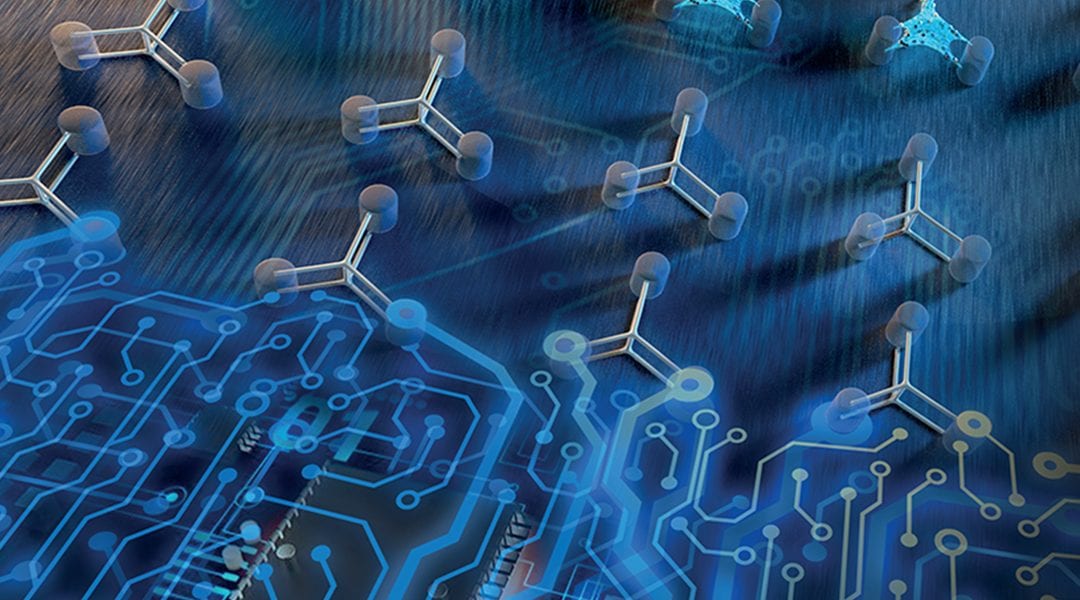
Complex micro and nanodevices are fabricated using a simple strategy that enables sophisticated architectures to be produced.
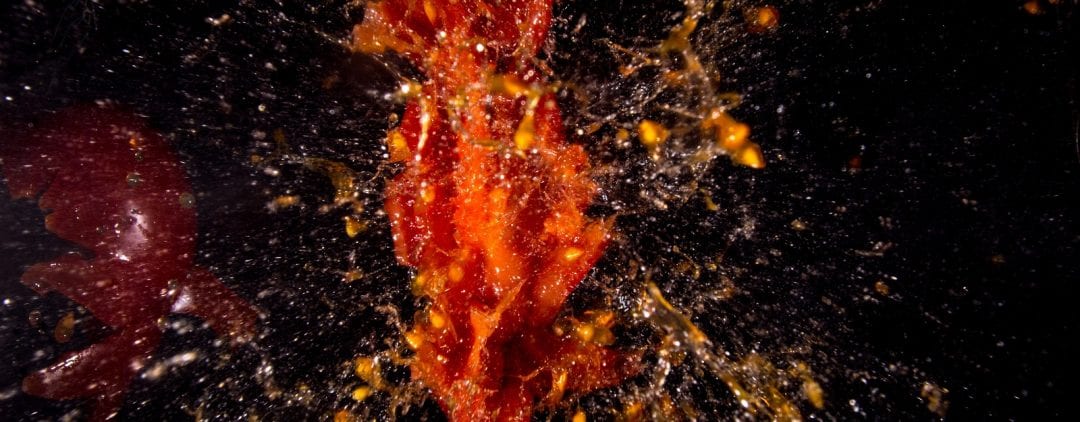
Remarkable liquid materials called colloids stiffen under impact. Researchers have studied the effect of powerful impacts such as those produced by firearms or micrometeorites.